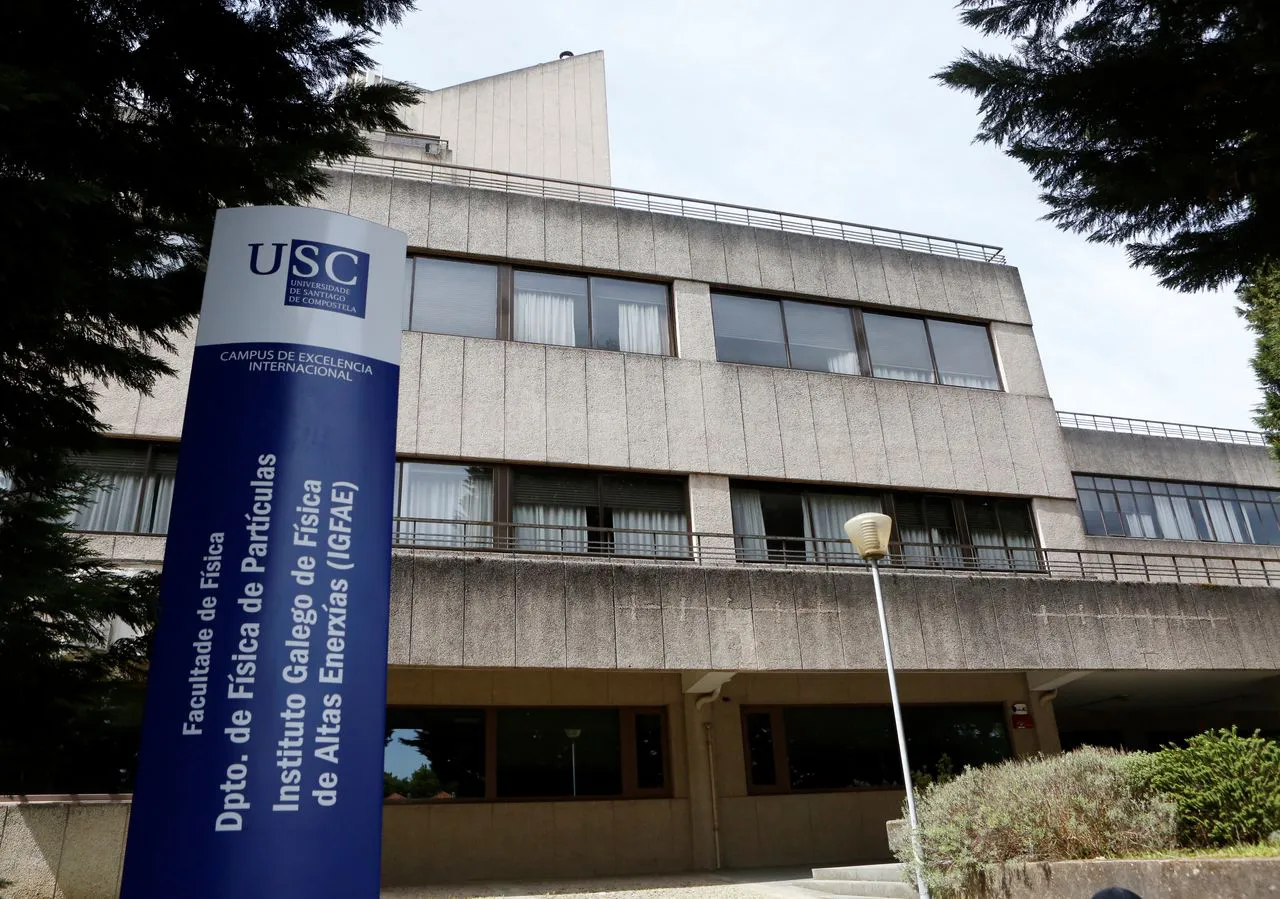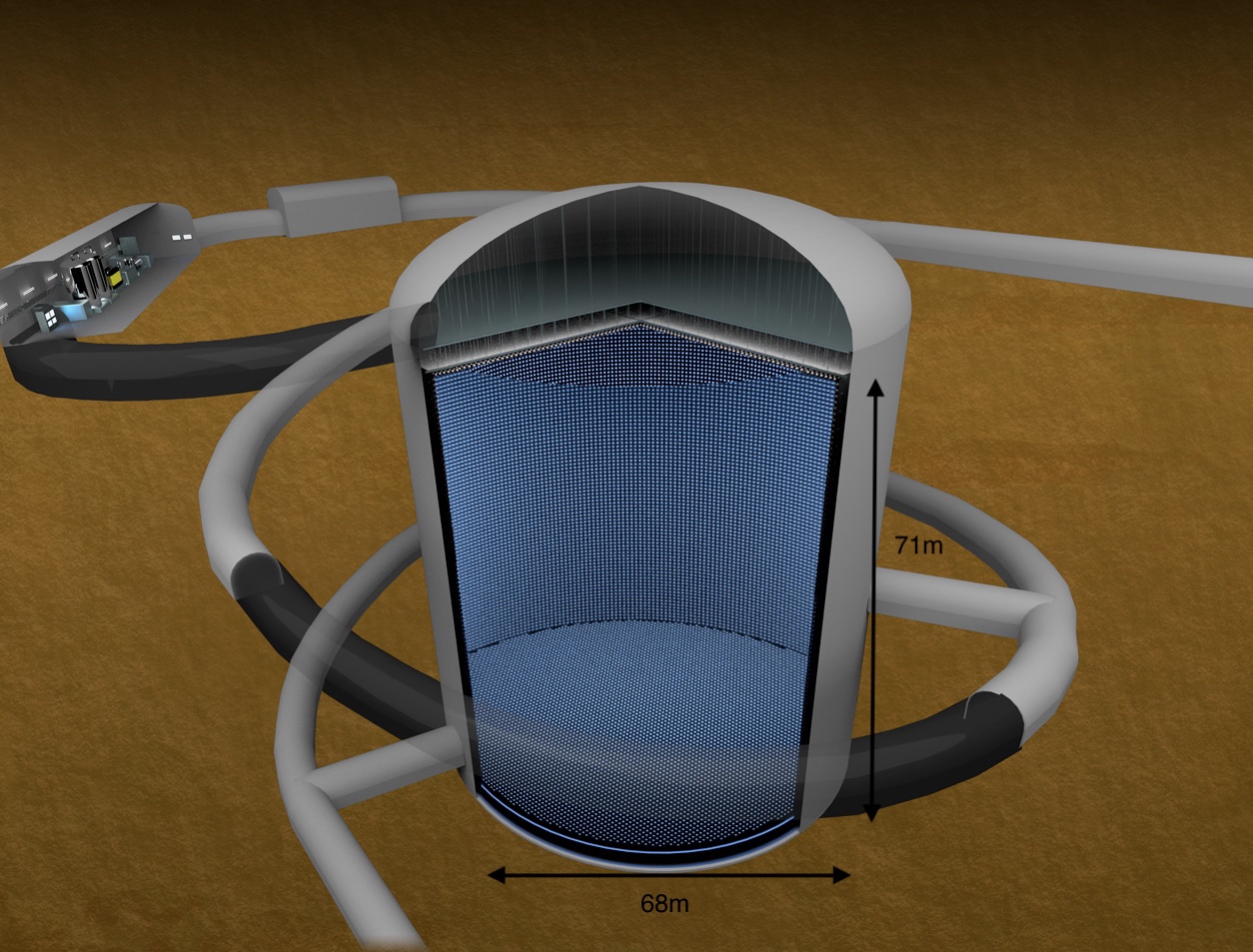O IGFAE acolle unha reunión internacional sobre desenvolvemento de espectrómetros solenoides



01.09.2022

O Instituto Galego de Física de Altas Enerxías (IGFAE), centro mixto da USC e a Xunta de Galicia, é un dos centros españois que participará na construción do detector de neutrinos Hyper-Kamiokande (HKK). O Ministerio de Ciencia e Innovación do Goberno de España, a Organización de Investigación de Aceleradores de Alta Enerxía (KEK) de Xapón e a Universidade de Tokio (UTokyo) subscribiron en agosto un memorando de entendemento (MoU) para promover o desenvolvemento deste telescopio internacional.
O obxectivo deste proxecto, que comezará a operar en 2027 en Kamioka (Xapón), é demostrar a teoría asociada a unha propiedade esencial dos neutrinos que explicaría o desequilibrio entre a produción de materia e antimateria no inicio do Universo. Este proxecto liderará, durante as próximas dúas décadas, a exploración dos procesos termonucleares que dan lugar á enerxía do Sol e a dos procesos previos ao colapso de estrelas que xeran as supernovas.
O detector Hyper-Kamiokande terá previsiblemente unha masa oito veces maior que o seu predecesor, o Super-Kamiokande, e estará equipado con fotosensores de alta sensibilidade recentemente desenvolvidos. O orzamento da construción foi aprobado no Parlamento de Xapón en febreiro de 2020, que marcou o inicio oficial do proxecto. A construción iniciouse en maio de 2021 coa escavación do túnel de acceso ao espazo experimental.

Hyper-Kamiokande (Hyper-K) é un detector Cherenkov acuático situado nun xigantesco tanque subterráneo que contén 260.000 toneladas de auga. O seu predecesor Super-Kamiokande (Super-K) ten 50.000. Crédito: colaboración Hyper-Kamiokande.
Participación española e contribución do IGFAE en Hyper-Kamiokande
En total, son dezanove países os interesados en participar neste proxecto liderado por Xapón. España é o segundo país en asinar o MoU, tras a firma de Polonia en febreiro. O Consorcio Hyper-Kamiokande español está formado por nove institucións: o Instituto Galego de Física de Altas Enerxías (IGFAE) da Universidade de Santiago de Compostela (USC), o Centro de Astropartículas e Física de Altas Enerxías (CAPA) da Universidade de Zaragoza, o Centro Internacional de Física de Donostia (DIPC), o Instituto de Física de Altas Enerxías (IFAE), o Laboratorio Subterráneo de Canfranc (LSC), a Universidade Autónoma de Madrid (UAM), Universidade de Xirona (UdG), Universidade de Oviedo (UO) e a Universidade Politécnica de Valencia (UPV). Está previsto que estas institucións contribúan a través do desenvolvemento, produción e instalación das cubertas de protección do fotosensor, o sistema de ventilación, o sistema de compensación geomagnética, módulos de circuítos electrónicos, fontes de radiación para calibración e diferentes elementos do detector próximo.
Unha parte da contribución española ao proxecto HKK será financiada con fondos do Plan de Recuperación, Transformación e Resiliencia (PRTR), como unha das actuacións da liña de fortalecemento das capacidades, infraestruturas e equipamentos dos axentes do Sistema Español de Ciencia, Tecnoloxía e Innovación a través da promoción de novas actuacións en grandes infraestruturas de investigación europeas e internacionais. A actuación beneficiará á industria española que será responsable do desenvolvemento dos compoñentes do detector e permitirá a participación dos grupos de investigación españois na explotación científica de HKK.